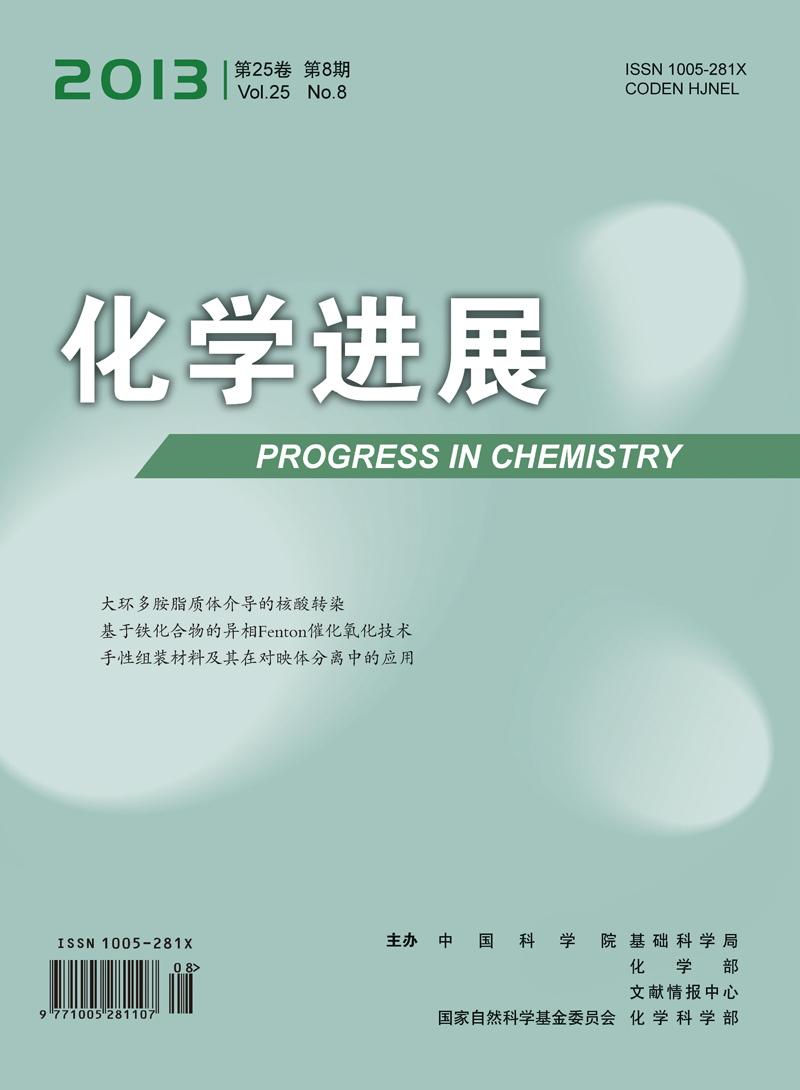Liu Baoquan, Liu Qiang, Zhang Ji, Fan Shengdi, Yu Xiaoqi. Transfection of Nucleic Acids Mediated by Macrocyclic Polyamine-Based Liposomes[J]. Progress in Chemistry, doi: 10.7536/PC121261.
Cationic lipid-based nanodevices were considered to be appropriate alternatives for virus-based particles in the delivery of nucleic acids, such as DNA and siRNA. Macrocyclic polyamine-based cationic lipids have great potential as gene delivery vectors. The cationic amino groups on the macrocyclic backbone can interact with nucleic acid (DNA/RNA) via electrostatic interaction and hydrogen bonds. Three types of macrocyclic polyamines including 1, 4, 7-triazacyclononane (tacn), 1, 4, 7, 10-tetraazacyclododecane (cyclen) and 1, 4, 8, 11-tetraazacyclotetradecane (cyclam) were mainly used to construct these lipidic vectors. It was found that the transfection efficiency might be largely influenced by the structures of both the hydrophobic moiety and linking group, which bridge the hydrophilic polyamine and hydrophobic tails. Some metal complexes of macrocyclic polyamines could not only achieve efficient gene delivery, but also have the potential as visibility and radiation therapy reagents. This paper reviews the application of macrocyclic polyamine-based liposomes on nucleic acids delivery. Their structure-activity relationships were discussed, and the progress in relative field was expected. Contents
1 Introduction
2 Characteristics of macrocyclic polyamines and their interaction with nucleic acids
2.1 Characteristics of macrocyclic polyamines
2.2 The interaction of macrocyclic polyamines and nucleic acids
3 Tacn-based cationic lipids for DNA delivery
3.1 Long chain modified tacn lipids
3.2 Tacn lipid containing copper(Ⅱ) ion
4 Cyclen-based cationic lipids for DNA delivery
4.1 Long chain modified cyclen lipids
4.2 Sterides modified cyclen lipids
5 Cyclen-based lipids for RNA delivery
6 Cyclen-based lipids for labelling and tracing application
7 Other lipidic macrocyclic polyamines as potential gene vectors
8 Possible mechanism of macrocyclic polyamines for protection of nucleic acids
9 Conclusions and outlook








